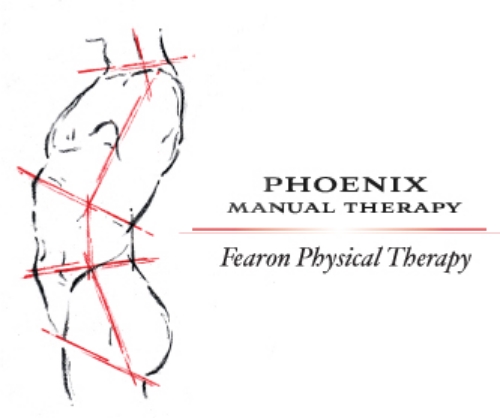Passive Joint Movement Part 2
by Timothy Owen Fearon
The Relationship between Pain and Resistance and its influence on Technique
In case you missed part 1 Click Here!
I would be remiss if I did not include a discussion of the relationship of pain and resistance to the approaching end of range feel. The coupling of the information obtained through passive movement starting point to end point can quite literally dictate treatment decisions to the experienced therapist.
If we consider the beginning of range to be the zero starting position, and the end of range to be the normal anatomic limit, we are looking for ways to assess the status of the joint as it moves through its ‘available range in its‘ present state. When pain arrives prematurely, that is before the anticipated normal limit, it is the pain that must be changed to allow improvement in range. Treatment must be directed at moving the pain further back in the range if we are to facilitate return of passive function which must be normalized for active function to be restored. Treating resistance here would be inappropriate.
Should resistance arrive prior to the anticipated normal limit and prior to pain, we are given a different set of facts about this joint. If guiding the joint into further range is met by increasing resistance and then by the anticipated discomfort, treatment targeting the resistance to movement is quite appropriate. The goal here is to move the resistance further back in the range to restore its’ potential for active function, failure to do so will disallow the recovery of function.
If pain should arrive simultaneously with resistance and prior to the anticipated normal limit the resistance must be treated while respecting pain. This circumstance requires the greatest amount of thinking on the part of the clinician while simultaneously allowing the greatest opportunity for creativity in devising the most efficacious combination of treatment skills to facilitate recovery of function as rapidly yet as safely as possible.
When faced with the upper quarter patient with highly severe, highly irritable, dysfunction with a neurogenic nature of symptoms and the simultaneous onset of resistance and pain at 75 degrees of abduction, we would be well advised to have a great respect for the pain in selecting our treatment variables. The same simultaneous onset of pain and resistance leaves us with greater latitude for error in the non-severe, non-irritable, capsular end feel at 75 degrees of abduction.
It should become instinctive that we never lift a joint without listening to what it is telling us about its’ willingness to tolerate passive motion. We should be able to predict the incoming information as we set that joint into motion. When the predictions hold to form it assists in confirming our hypothesis. When divergent information begins to unfold we should be deciding how the features fit with our hypothesis or refute it and force us to consider alternative or expanded hypotheses. There should never be a time when we move a joint through passive range without being able to rapidly identify the all-important information of the resistance to motion, the response of pain to motion, the quantity of movement, and the end feel. These are the variables of assessment, the targets of treatment and the key to restoring function. The end goal is the restoration of function. To achieve this, the component goals are no resistance to movement, no pain with motion, full range and normal end feel. We should embody these components in our hands whenever we engage in OMT.
What if the band showed up with all the instruments but no one knew any music?
Addendum:
The hardest thing to teach is self-confidence in the embodiment of basic concepts to a level sufficient to be confident to go into an exam. This enables the practitioner to explore willfully in a way that will lead to finding the concordant losses and turning that finding into treatment even if you have never done it before.
As a whole, even in the OMT world, there is an army of technique memorizers who go into an exam looking for the opportunity to do that which they have gotten good at. This usually amounts to a bag of favored techniques (sometimes two). Very few seem to understand that all "techniques" were created by someone at a given time because it fit the present scenario. When some of them became as commonly used as the common clinical syndromes that they addressed, they became written down in their base form. It is this base form that becomes memorized as if "it" were the thing. In fact “the thing” was the thoughtful exploration where this became the stopping point for the moment, creating the change and then moving back to the exploration.
“There are no techniques. Technique is the brainchild of ingenuity.” GD Maitland
Follow PMT on Twitter: @Phxmanual
Like us on Facebook: https://www.facebook.com/phoenixmanualtherapy/
Check out our Website for Upcoming Classes taught by clinician’s for clinicians: www.phoenixmanualtherapy.com
